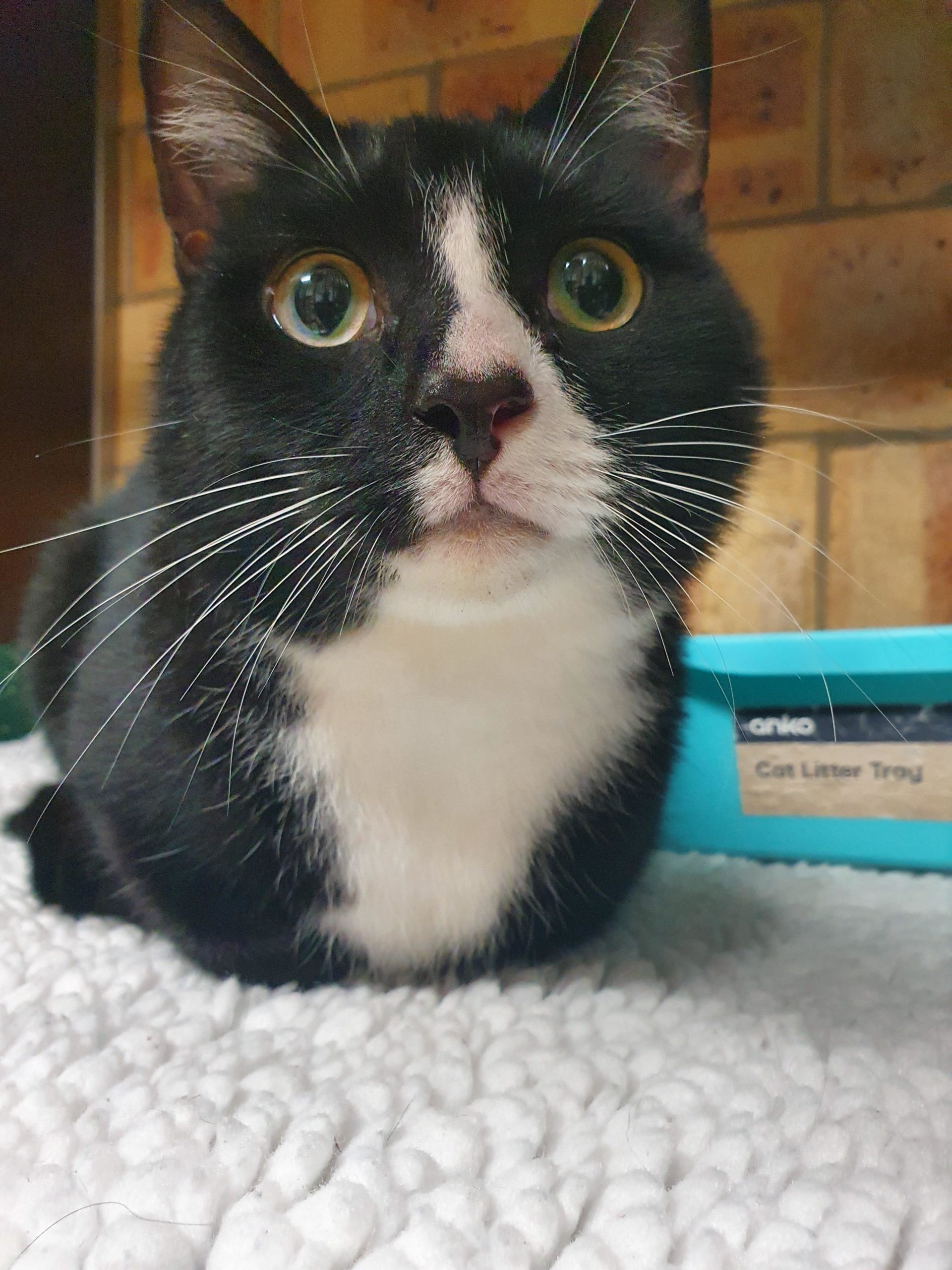Even though your fur baby might sprawl across the couch or cuddle you like a human, the truth is they often lack an ability most of us possess – the ability to find their way home if they become lost. Luckily, having your pet microchipped ensures if they do go missing and turn up at a vet clinic or animal shelter they can be safely returned to you as quickly as possible. But what is a pet microchip?
What is a pet microchip?
An affordable, pain-free and long-term solution, a microchip is a permanent method of electronic identification for your furry friend. About the size of a grain of rice, a microchip is a small chip encased in a glass cylinder with a unique identification number that can be detected with a microchip scanner. The microchip won’t ever need to be replaced and only functions when a scanner is passed over your pet’s body causing a radio frequency signal to transmit the identification number. Don’t worry, this signal is perfectly safe for your pet.
When your pet is microchipped, the chip is implanted below the skin on the back of their neck. It is a quick, easy and safe procedure and is no more painful than what their vaccinations are. Once implanted your details are recorded next to the microchip’s identification number on a pet registry.
Why are microchips important?
With one in three pets becoming lost at some stage, these tiny chips are your pet’s best chance of being returned safely home if they do go missing. While collars and tags can help reunite lost pets with their families they can easily fall off or be removed, and tags can fade. Microchips are a permanent, and the most reliable, method of identification. In fact, microchipped dogs are more than twice as likely to be returned to their owners, and microchipped cats are more than 20 times as likely to be returned to their owners.
Meet Duke, the short-haired domestic cat who was able to be reunited with his family thanks to his microchip. Duke was bought into our Tanawha hospital by a lovely family who thought to be abandoned. We scanned Duke for a microchip and luckily we were able to contact his owners as their details were up to date. His worried family was excited to hear from us as he had been missing for eight weeks. It turned out Duke went on an adventure through the bush, ending up far from home and couldn’t find his way home.

Should your pet ever go missing and find their way to an animal shelter or vet clinic, they are able to be scanned for their microchip and your contact details can be accessed on the national database. This database is password protected and there is an application process to be able access, so your details are completely secure.
If your pet is stolen and later found, ownership can be challenged. However, if your pet has a microchip this is the only way you can prove your ownership of your pet.
Does my pet have to have a microchip?
Microchipping is mandatory for cats and dogs throughout most regions in Australia. If your pet isn’t microchipped you can be issued with a fine or penalty notice by the relevant government in your state.
It’s not just cats and dogs that can be microchipped. Most animals, including birds, horses, reptiles, fish, and other aquarium species, small mammals, and livestock can also have a microchip implanted.
Keep your details up to date
While microchips are the best way for your companion to be returned home, it is only effective if you keep your details up to date. Sadly, almost 40% of microchips have inaccurate data or are not registered.
Should you ever move house, change your phone number, or even if your pet’s ownership changes, it is vital you update the microchip database you are registered with so as they have your most up-to-date contact details.
If you need to update your contact details and aren’t sure which database your pet is registered with, search Pet Address using your pet’s microchip number. Pet Address will direct you to the pet registry that lists your pet’s microchip number so you can contact them to update your details.
If you can’t remember your pet’s microchip number, contact your vet or the database your pet’s microchip is registered with if known, and they will be able to assist. In Australia there are seven microchip registries:
- Australasian Animal Registry
- Central Animal Records
- Petsafe
- HomeSafeID
- Global Micro
- NSW Government registry
- SA Government registry
What happens if my pet goes missing?
If the unthinkable happens and your pet goes missing, if they are handed into our hospital, local vet clinic, or animal shelter, they will be scanned for a microchip. If they do have a microchip the identification number will be looked up on the national database and you will be contacted straight away.
There are also a number of things you can do to help your pet find their way home quickly, from making sure your contact details are up to date on your pet’s microchip to lost pet posters. Visit our what to do if your pet goes missing blog for our tips on how to help find your pet.
If your pet is not yet microchipped, contact your local vet to make an appointment. If you find a lost pet, please contact your local vet, animal shelter, or your closest Animal Emergency Service hospital to arrange a scan of their microchip so as they can be reunited with their families as soon as possible.
